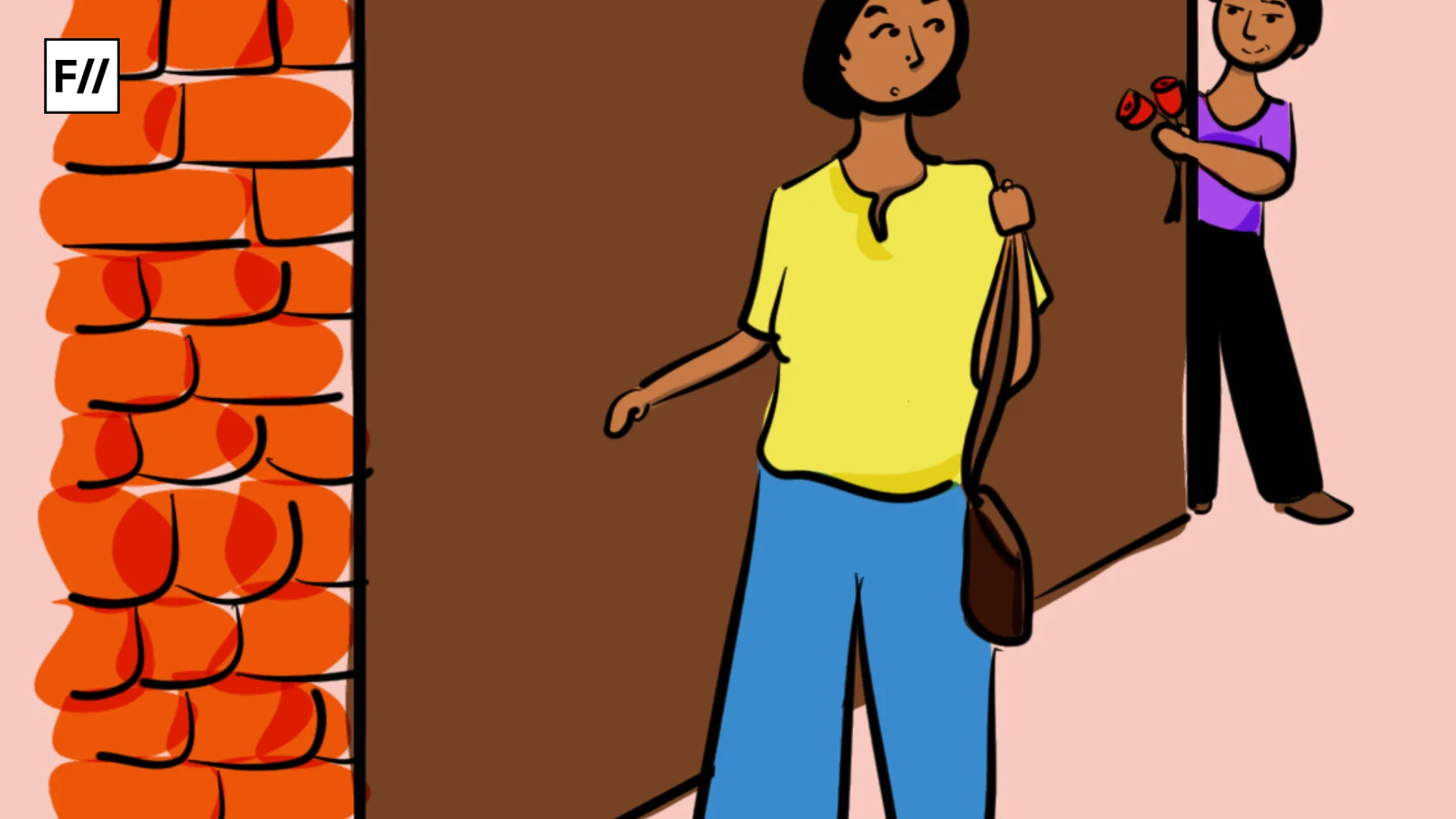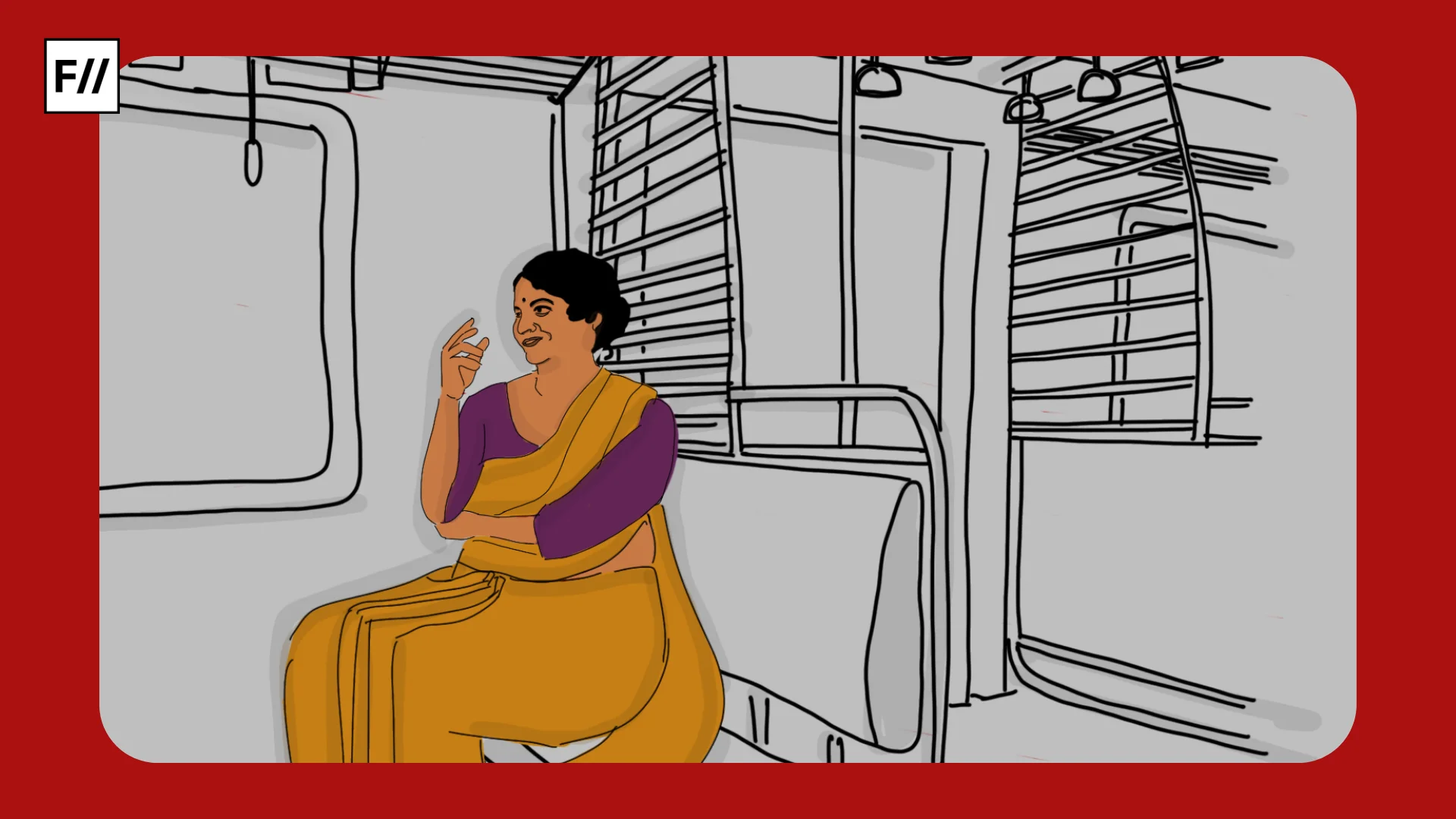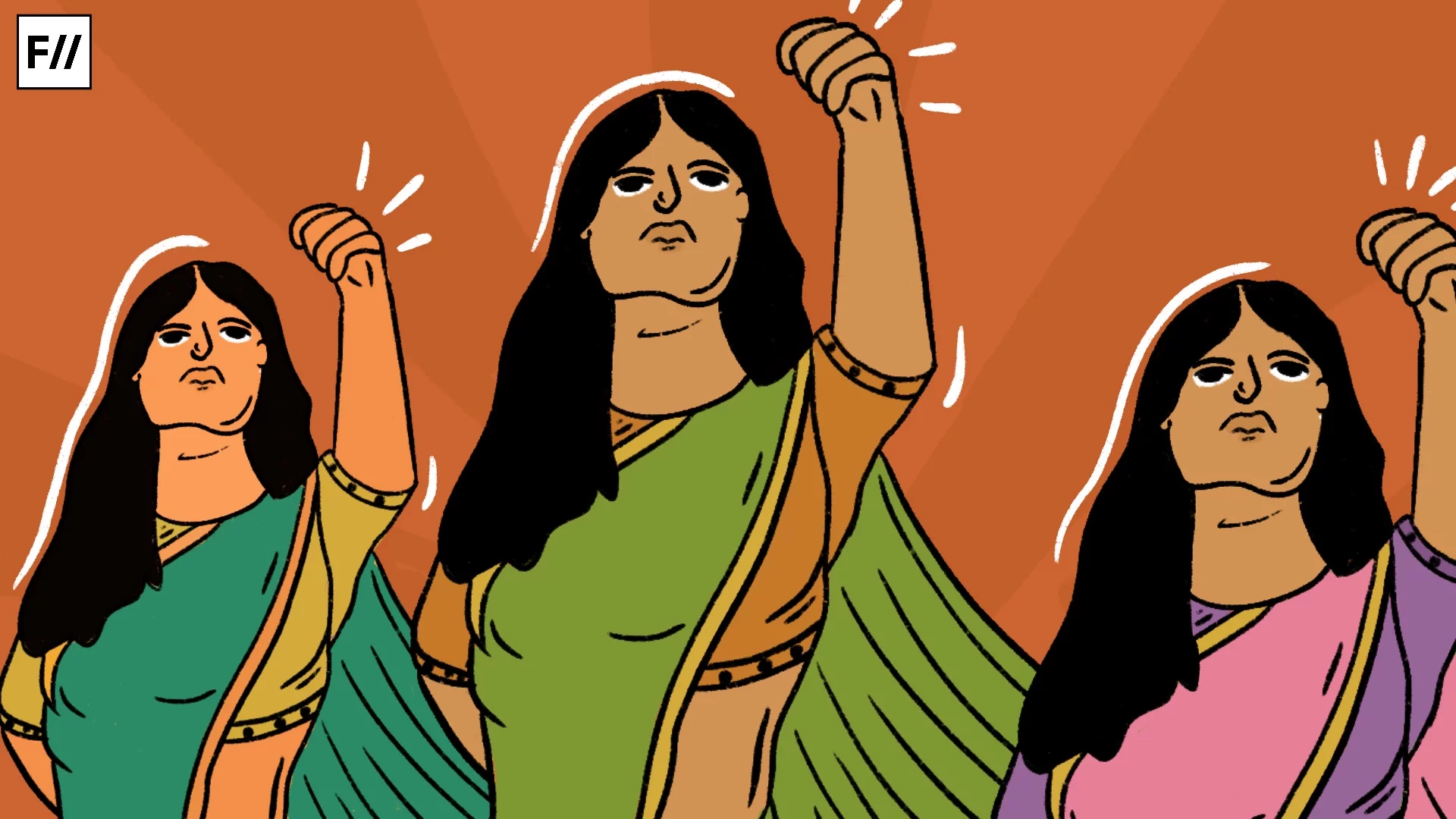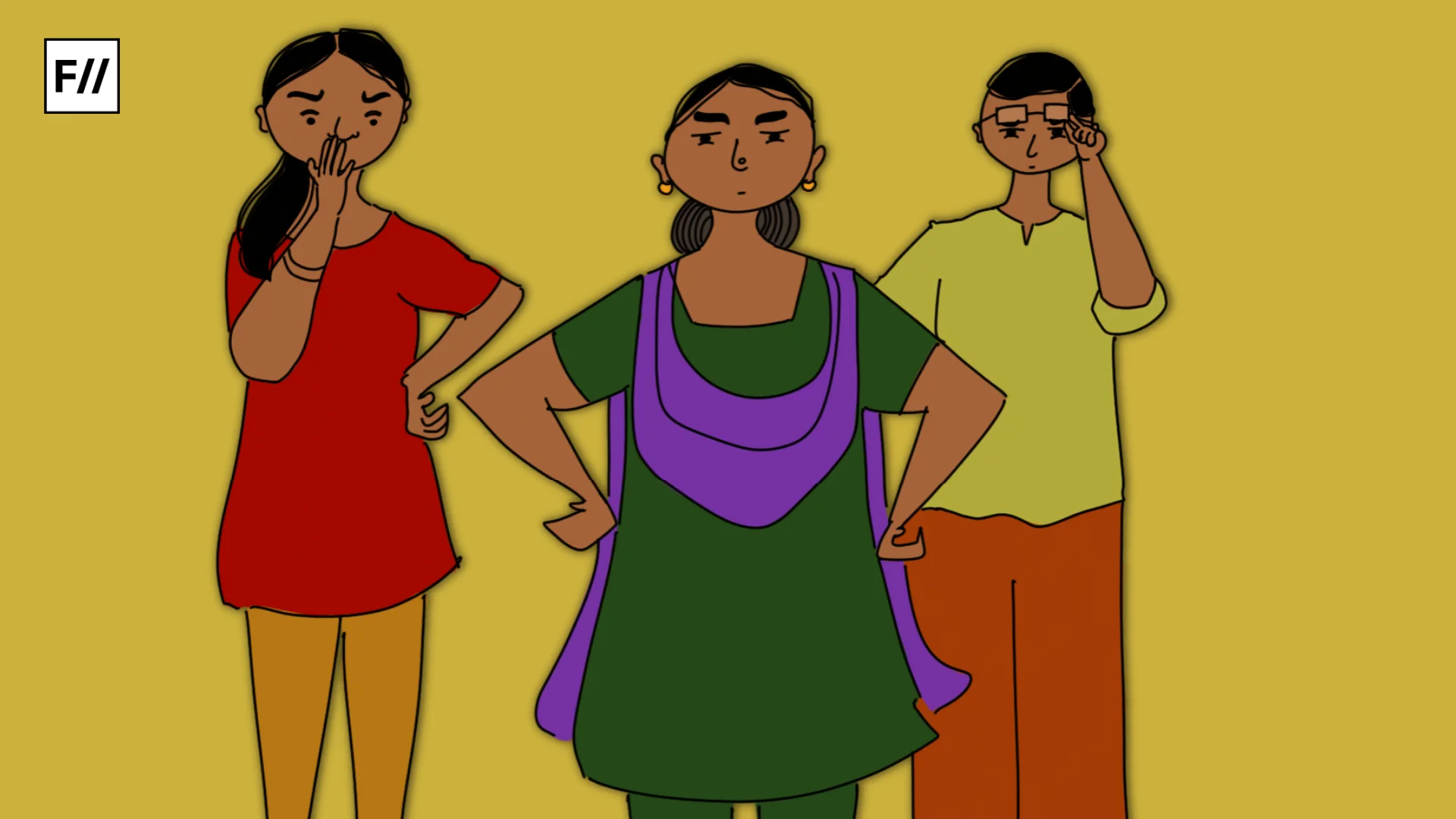Indian rural women have faced several challenges since childhood in getting an education. It has a multi-dimensional effect on the socio-economic development of women. The reasons behind it are the patriarchal mindset, economic and social backwardness, poor state infrastructure, and increasing crimes against women. It is important to focus on the challenges that arise while travelling for higher education or appearing for competitive exams.
Travelling is one of the biggest challenges for rural women in India in higher education.
Travelling is one of the biggest challenges for rural women in India regarding higher education. The National Sample Survey Organisation (NSSO), under the Ministry of Statistics and Programme Implementation, Government of India, released a survey titled Key Indicators of Domestics Tourism in India from July 2014 to June 2015. This survey shows that only 18% of Indian rural women travel alone for educational and training purposes in India.
Why is travelling a challenge for rural women’s higher education in India?
Most of the exams, whether for jobs, education, or training, are either conducted in urban centres or in far-flung areas. Rural connectivity to that area is severely poor, especially state public transportation. When it comes to women, it amplifies the constraint. In many villages, people still use traditional pathways (kachcha sadak), that do not have direct connectivity to the towns.

NSSO’s data on the mode of travel under Key Indicators of Domestics Tourism in India highlights that the bus was the dominant mode of travel, 55% of people from rural India travel by it for different purposes. 63.6% of the overall category of people from rural India travel by bus for educational and training purposes. The above-mentioned data shows that only 18% of them are rural women who travel for the same purpose among overall data of NSSO.
When it comes to women, safety becomes the major concern behind any decision. Increasing crimes against them pull them back from getting higher education. A young woman travelling alone in public transport, especially in a rural area is still not a regular thing one can notice. Rural women need to be escorted by a male family member while travelling, whether it is a husband, father, brother, or others. It makes them dependent on others to avail the opportunities out there.
How does public transport impact education and competitive exams of rural women?
Public transport is the major medium of movement for Indian rural people, as they are affordable. The government through several initiatives such as Pradhan Mantri Gram Sadak Yojana (PMGSY), has established pucca roads, but public transportation is yet to be available.
The World Bank Group Report 2014, Improving Connectivity Across Rural India highlights that the disconnectivity of the roads of rural regions to the main highway is the reason for the lack of public transport across rural India. According to the World Bank Group, India has one of the largest and most dense road networks in the world. However, a large part of the 27 million km rural road network was in poor condition, and, until the year 2000, around 30 per cent of the country’s population (about 300 million people) lacked access to all-weather roads.
These challenges make rural women unable to reach their destinations safely and on time, and it demoralises others from even gathering the courage enough to think of getting education after tackling all these obstacles.
The above data shows the general issue, but when it comes to rural women, it is already magnified. They are already facing social issues and challenges such as early marriage, patriarchy, violence, etc. These challenges make rural women unable to reach their destinations safely and on time, and it demoralises others from even gathering the courage enough to think of getting an education after tackling all these obstacles.

The second important issue of public transport is improper security and lack of safety in India. The World Bank Group last year in February in Designing Public Transport in India That Works for All highlighted that women are amongst the biggest users of public transport. According to it, the public transport services in India are not traditionally designed keeping in mind women’s safety and their specific travel needs.
In 2021 Indian Express published an article, according to which, the NCRB report shows that the rate of crime against women (the number of incidents per 1 lakh population) increased from 56.5 per cent in 2020 to 64.5 per cent in 2021. These are the reported crimes, and we all are aware that a chunk of crime went unreported. It limits women’s access to education and other career choices.
According to the World Economic Forum, almost 80% of Indian women face public harassment in cities. Most of them are faced while travelling, and this study also highlights that 84% of the women who experienced harassment were largely students and working women. The unsafe travelling in Indian public transport discourages rural women from continuing higher education in big cities and appearing for competitive exams conducted there. Due to safety concerns, many parents do not allow their daughters to pursue higher education in cities, which leads to high dropout rates and marriage in rural India.
The Indian government needs to launch more schemes to improve public transport in rural areas and promote gender mobility in public transport services for safe travelling and better careers for Indian rural women.
The important area where the government needs to work is connecting all-weather rural roads to the main highways.
The important area where the government needs to work is connecting all-weather rural roads to the main highways. Improving the connectivity across rural India is crucial for rural students to reach their educational places easily. Indian Government needs to hasten the implementation of The Pradhan Mantri Gram Sadak Yojana-IV (PMGSY-IV). According to The Indian Express, this year under the chair of the Prime Minister, the cabinet approved the construction of 62,500 km of roads under the Pradhan Mantri Gram Sadak Yojana-IV.

According to the World Bank Group data Improving Connectivity Across Rural India, since 2004, two World Bank projects have helped the Government of India’s National Rural Roads Program (Pradhan Mantri Gram Sadak Yojana or PMGSY) to substantially expand rural road connectivity systematically. But still, many rural areas have poor urban connectivity.
Because of this public transport is not easily accessible to people. We can understand the travelling challenges of rural women, which are the problems for them to become independent. Public transport impacts their education because of the lack of proper connectivity of the rural area’s roads to the main highway.
In areas where connectivity is decent, to eliminate crime against women, the government need to promote gender mobility and put a special focus on women’s safety. Gender mobility in public transport services will increase the recruitment of female conductors, drivers, Loco pilots, TTE, toll staff, etc. According to the National Sample Survey Organisation, the bus is the most opted public transport for both rural and urban people, 63.6% of people from rural India use the bus for travel.
According to ANI, the UP government in 2021 started recruiting women bus drivers for the first time, Priyanka Sharma is the first female bus driver in UPSRTC (Uttar Pradesh State Road Transport Corporation). Women’s equal participation in public transport services can make travelling easy and safe for rural women.
Proper implementation of these schemes such as Pradhan Mantri Gram Sadak Yojana or PMGSY and gender mobility in public transport servicescan make rural women’s travel easy and safe to reach their destination.
Proper implementation of these schemes such as Pradhan Mantri Gram Sadak Yojana or PMGSY and gender mobility in public transport services can make rural women’s travel easy and safe to reach their destination. Women’s education and freedom are crucial for the progress of society. CRY India campaigns for girls’ education, especially in rural areas. One slogan of theirs that fits here is ‘PuriPadhaiDeshKiBhalai’.
In 2018, a study by McKinsey on Gender Parity found that if all girls complete their education and participate in the workforce, India could add a whopping $770 billion to the country’s GDP by 2025.

The Indian government should firmly implement initiatives, to ensure easy and safe travelling for Indian rural women. It will fill with them the courage to become independent and participate in the development of society and the nation.
About the author(s)
She has completed her Master’s degree in History from Lady Shri Ram
College for Women, University of Delhi with a specialisation in ancient history. She has a keen
interest in ancient texts, and with their help, she wants to explore women's role and status in
ancient households and society. Therefore, her interest lies in ancient literature, Gender,
Caste, and society. With all these ancient texts, like Brahmanical, Buddhist, and Jain, she wants
to understand the actual rights and status of women in ancient households, such as being a wife,
daughter, and others. What was their role in ancient civilization and culture, and their
unspoken contribution which these texts did not mention properly.






Your English is pathetic Ma’am!!